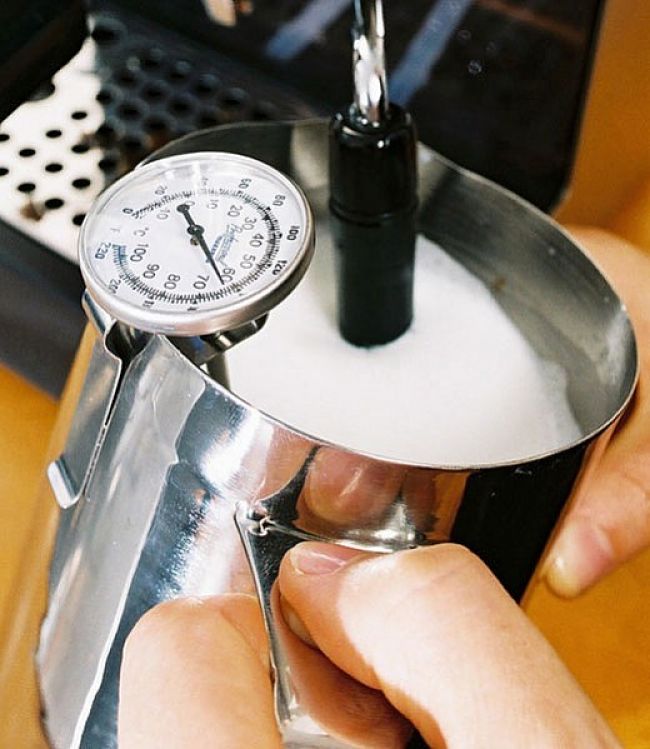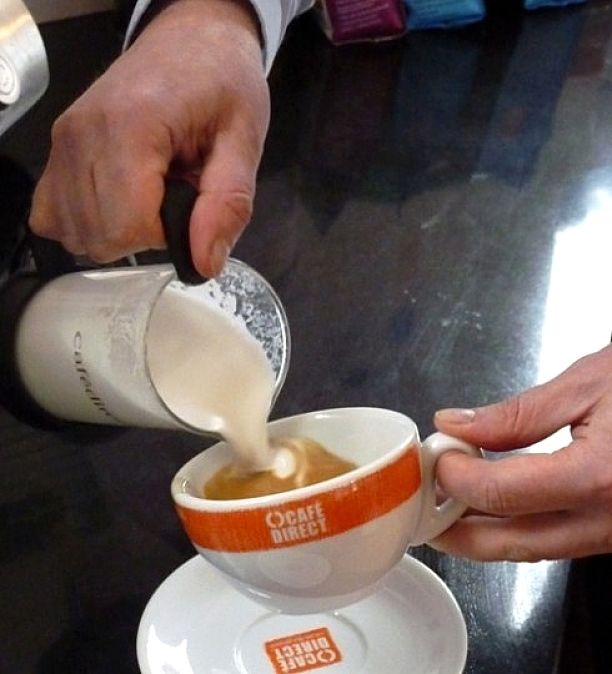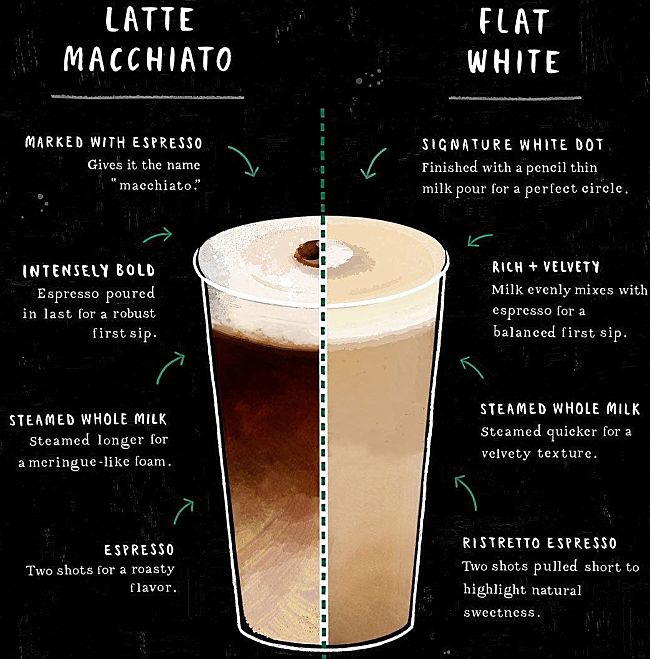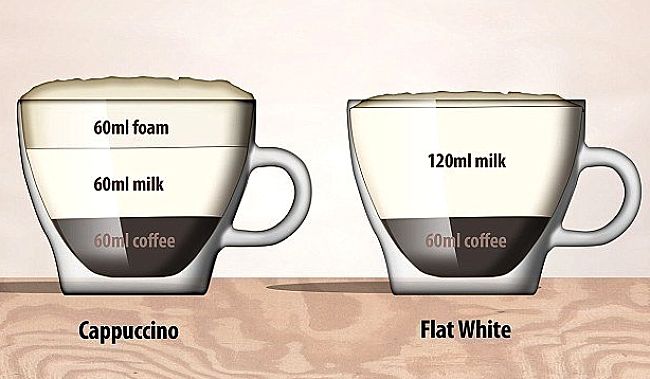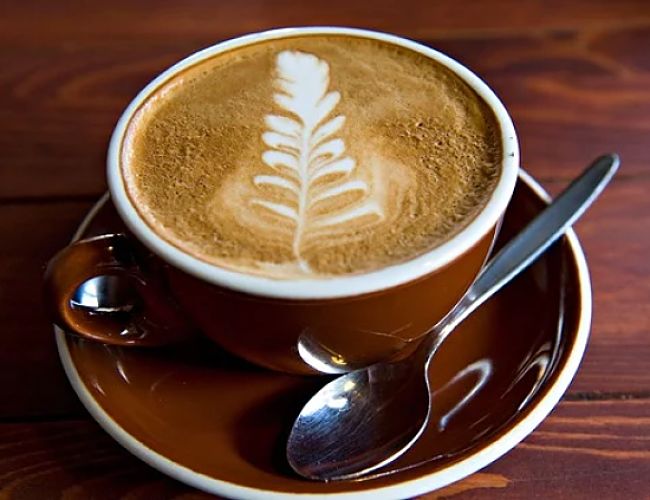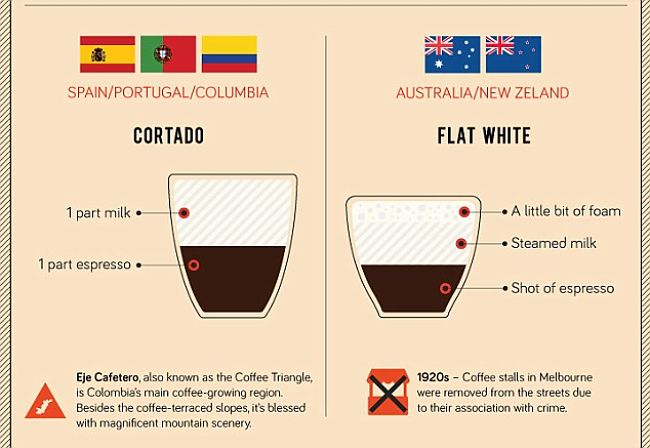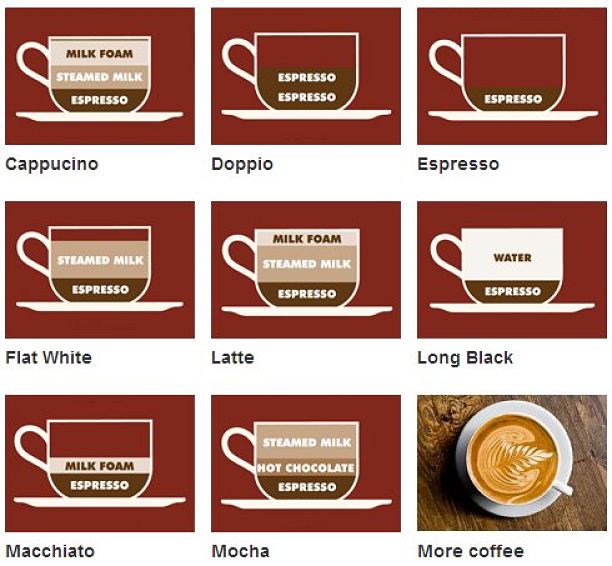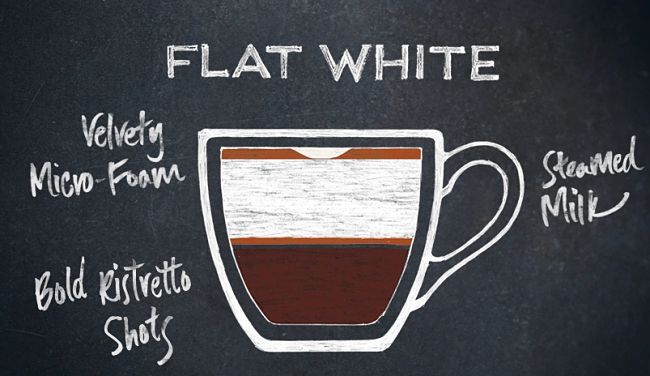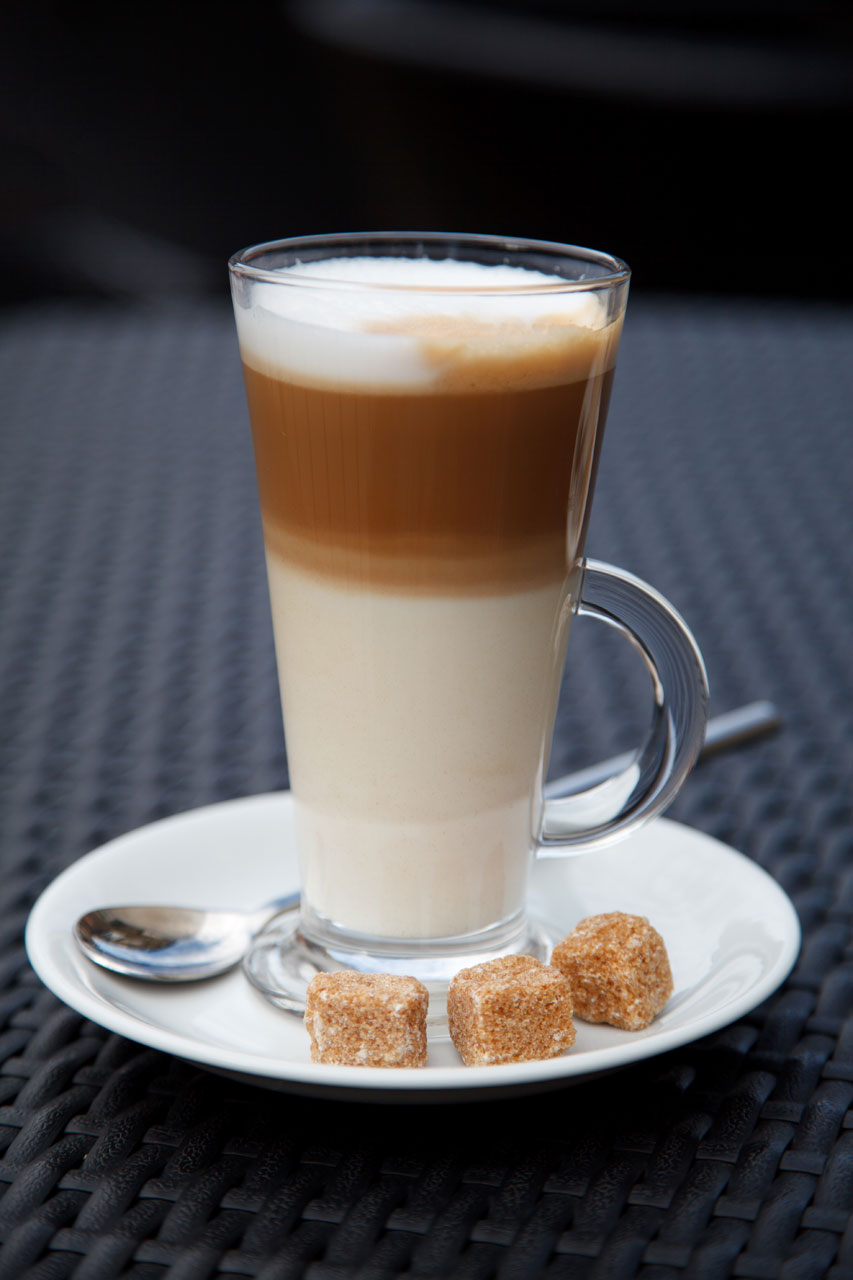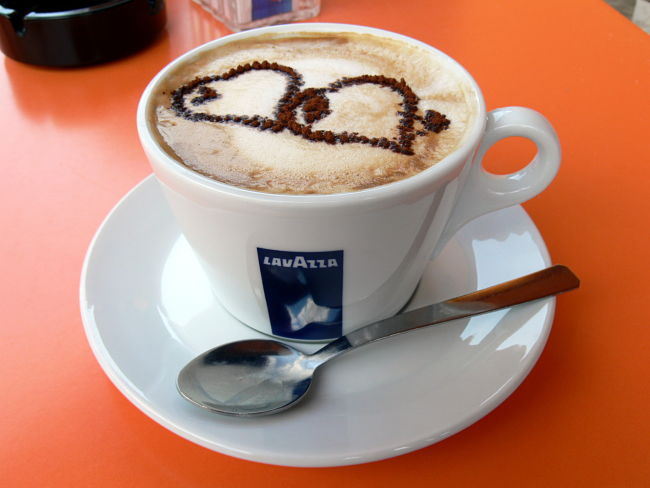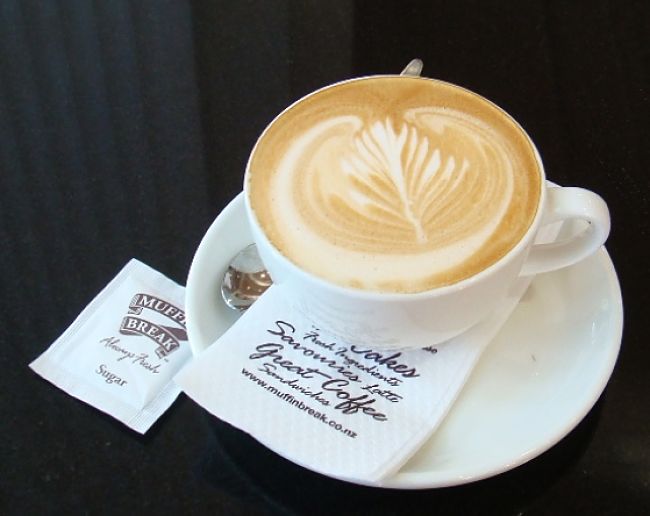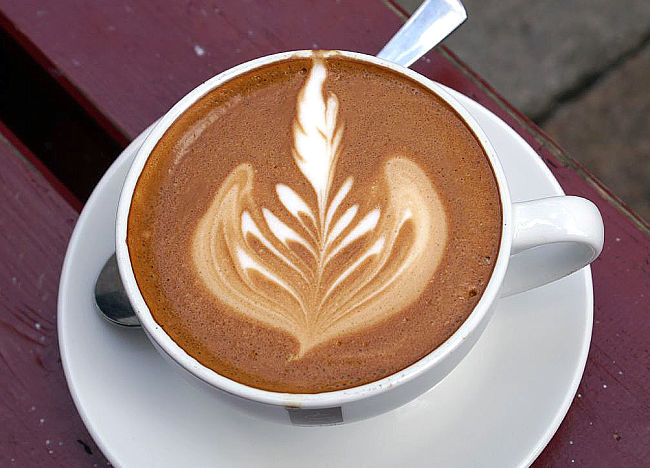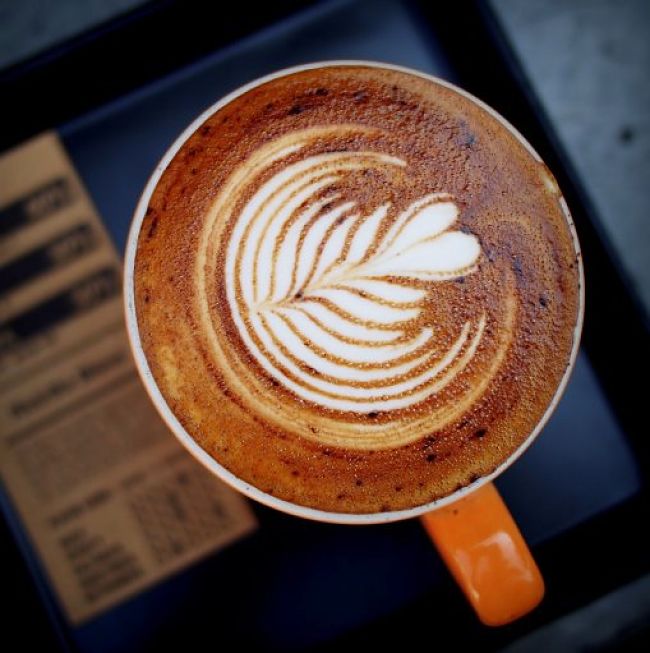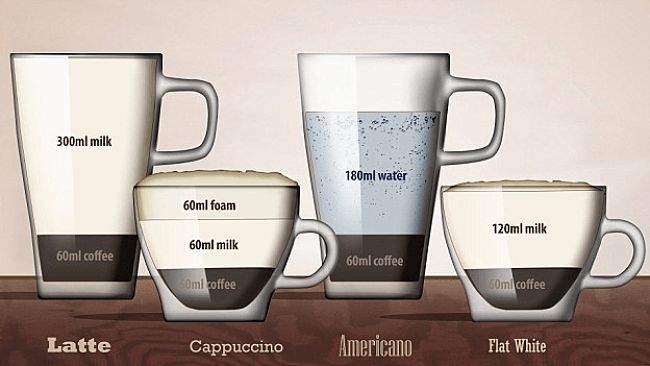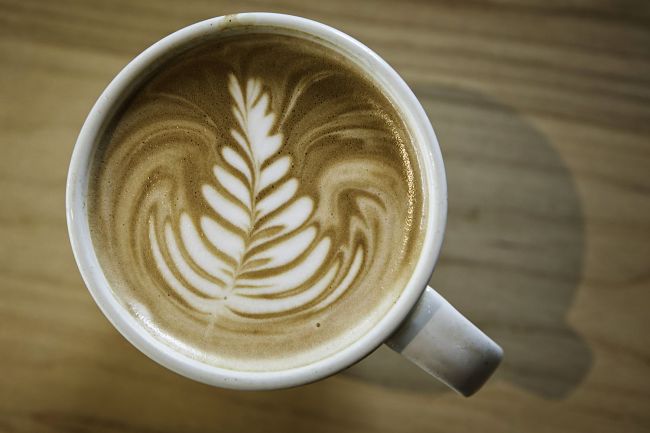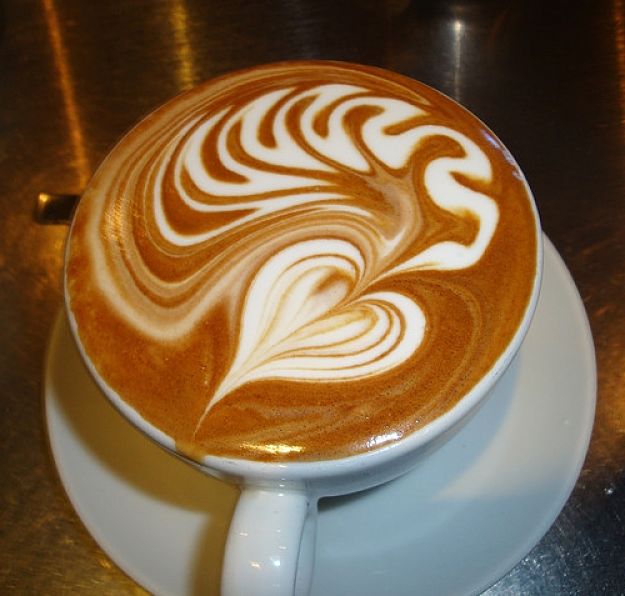Aussie Flat White Coffee Brew Marches Ever Onward to Conquer the World
From Berlin to Amsterdam, Dubai to Asia, London to New York (even Starbucks UK) - the Aussie Flat White or 'Flatty' is forging a place on trendy boutique cafe menus and is becoming more popular all over the world.
The Flat White is preferred by millions of Australians and New Zealanders is now available to drink coffee drinkers across the globe in what the Baristas are calling "the march of the flat white".
The Flatty, which is the mainstay of Down Under cafe culture, been launched around the world, due to the itchy feet of New Zealand and Australian barista and those with cafe know-how, and or course tourists.
Elite Australian food companies such as 'Jones the Grocer' have opened outlets serving 'flat whites' in the United Arab Emirates. Berlin is teaching Germans to say flat white, at "third-wave artisanal cafes" such as Bonanza Coffee Roasters. The Third Wave of coffee is an alternative methods of brewing that produces a complexity of flavours using gentler brewing systems.
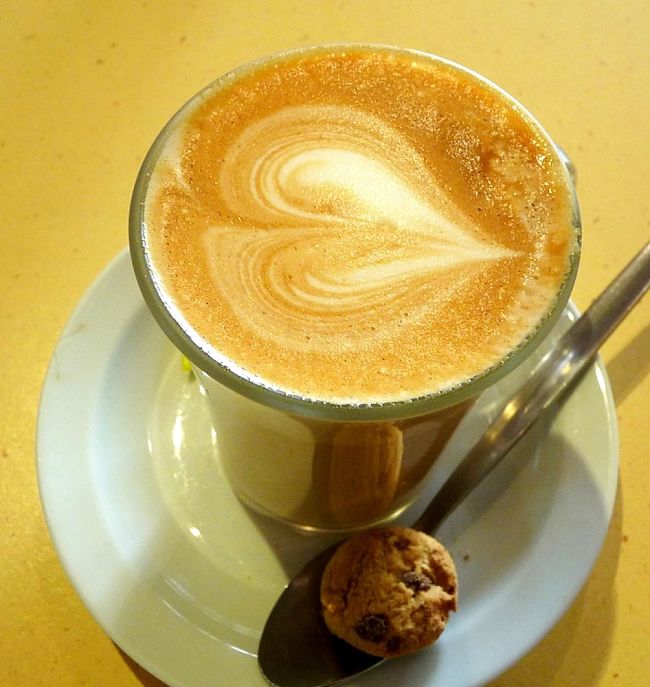
Where Did the Flat White Originate
Coffee lovers say the term "flat white" emerged in cities such as Sydney and Wellington in the late 1980s and early 1990s. Where it originated is hotly debated.
Paul Bassett, a lead player in exporting Australian coffee techniques and styles to Japan and South Korea says that the 'march of the Flat White' is part of a backlash against cappuccino - people just don't want all that foam any more.
The other driving force is Aussie expatriats who want them oversea. Many tourists to Australia and New Zealand develop a love for the coffee style on their visits and crave it when they return.
A lot of baristas from Australia and New Zealand are now out there working with coffee producers in other countries and introducing the 'Flatty'.
After Britain, the next conquests for the flat white march is probably must be France, where the quality of cafe creme is highly variable, followed by northern Europe and North America.
Starbucks UK has had 'flat white' on the menu since 2009, but many coffee drinkers claim it is far from the Dinkum Aussie Brew. Starbucks Flat White is described as a small and strong white coffee made with 2 shots of Fairtrade-certified espresso in an 8 fl oz cup with a thin layer of creamy, steamed whole-milk.
The milk is processed using steam to produce a velvety texture by being ‘stretched and spun’, allowing the double espresso shot to rise through the milk.
Flat white is in fact not new in the US or the UK.
It has been available for a long time in the trendy coffee-bars of Soho NY. The Muffin Break chain, itself of Australian origin, has been serving 'Flat White' in Britain for many years.
So what makes a good flat white coffee?
Is it much more than a simple layer of steamed milk on an espresso or a basic cappuccino with less froth?
The answer is yes, especially if you want to do it correctly.
► You need good coffee that is properly roasted, and you need time, experience, and a great espresso machine used by an expert to make a great flat white.
► It requires a focused scientific approach to every step from milk preparation to spreading of the "micro-foam".
The basic principles for making the Perfect Flat White Coffee are simple.
► A flat white coffee is generally served in a small 150-160ml ceramic cup or mug. The espresso should be extracted straight in the cup or mug which should be pre-warmed. The coffee should never be over extracted, you want it to come out of the spout looking creamy and similar in consistency to that of honey.
► The Microfoam that is used produces in a unique, smooth and velvety texture. For the milk, grab a stainless steel milk jug, fill with about 300-400 ml of milk. Insert the steaming spout on your machine into the milk jug, turn it on to full blast. You don't want any loud sounds when frothing the milk - no screeching or whistling and very little 'suction' sound is best. So just move the jug around until you find the right place for it to produce a nice 'whirlpool' effect and heat through until it is heated to about approximately 60°–70°C (140°F–158°F).- (if you don't have a thermometer just use your hand at the bottom of the jug, you'll be able to tell when its getting hot!). Make sure you don't burn the milk. Steaming the milk to a lower temperature retains the proteins and fats in the milk keeping the sweet flavour, that is lost when milk is steamed to scalding temperatures.
► The Microfoam is poured over a double shot (about 60ml) of espresso coffee. It is similar to the café au lait and latte and the in some respects, but pouring less milk to start, and then adding less of the micro-foam to the top, which is the origin of the word "flat". A latte has about 20 mm (half to one inch) of micro-foam, but a flat-white has only about a half to one quarter of this with only about 6 mm (one quarter inch) of micro-foam on top. When making a flat white, keep back the froth by using a spoon when pouring the milk in.
► The milk to espresso ratio in Australia and New Zealand is much less than is typical of espresso coffees in the US. The key is the preparation the milk the flat-white. Make sure you blend or fold the micro-foam into the rest of the milk as it is produced, either with a spoon or by swirling the pitcher, as described above. The milk should be velvety, smooth and wet (not dry foam). A flat white is similar to the Spanish Cafe con Leche coffee, but it is made using scalded milk.
Latte Art (see the Images)
Flat-White lends itself well to making what is referred to as Latte Art. With some practice a barista can make charming patterns such as leaves and hearts, which fade very quickly.
But first of all just perfect the art of making a great flat-white. Even without the pattern, the coffee should look rich and inviting with its combination of espresso, crema, and velvety milk layer making a rich and inviting palate. It should be a work of art to drink and see!
